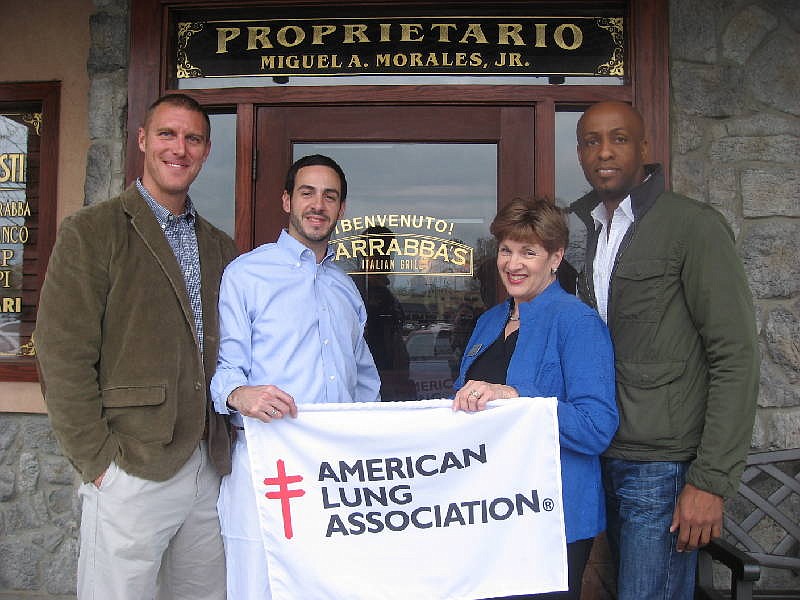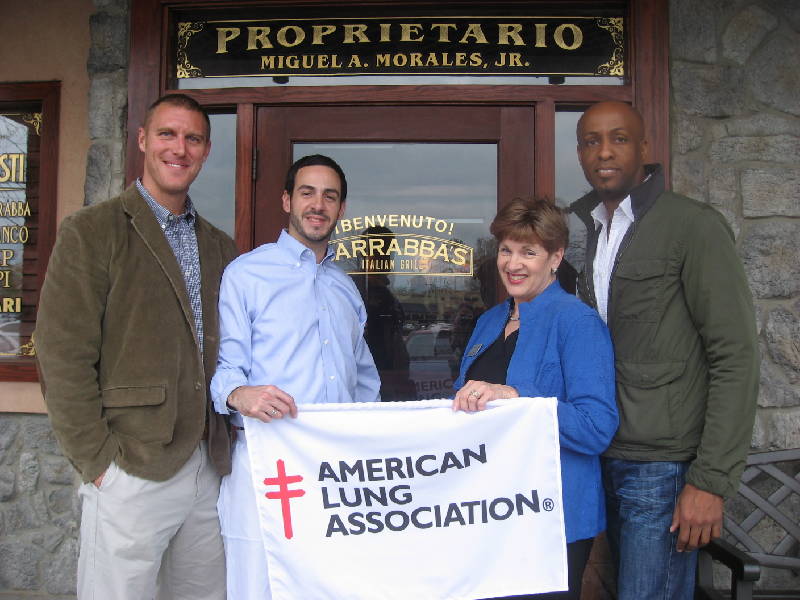Read more
Smokers, pony up or kick the habit as Tennessee law will boost cigarette prices over three years
Lung cancer facts
* Nonsmokers have a 20 to 30 percent greater chance of developing lung cancer. * If they are exposed to secondhand smoke at home or work. * Just this year, an estimated 221,200 new cases of lung cancer will be diagnosed. That's about 13% of all cancer diagnoses. * Tennessee, Georgia and Alabama are among states with the highest rates of lung cancer, with an incident rate of 68.7 to 93.1 per 100,000 population. * Every five minutes, a woman in the U.S. learns she has lung cancer. Every eight minutes, a woman in the U.S. dies of lung cancer. * Only 16 percent of patients diagnosed with lung cancer are still alive after five years, compared with more than 90 percent of breast and prostate cancer patients. * Smoking contributes to 80 percent of lung cancer deaths in women and 90 percent of lung cancer deaths in men. * More than half of people with lung cancer die within just a year of being diagnosed. The National Institutes of Health estimates that cancer care cost the United States an overall $124.6 billion in 2010 -- $12.1 billion of which is due to lung cancer. * Lung cancer is the leading cancer killer in both men and women in the United States.
If anyone was familiar with the ravages of lung cancer, it was Cathy Barker.
Her mother fought the disease and died from it in 1972. Still, Barker saw no signs the same disease had attacked her until she was in the hospital in 2010, about to have her own lung removed.
Just days before, her husband's pulmonologist had noticed Barker coughing unusually and brought her in for scans. It turned out the cough was caused by some medication Barker was taking, but the scans revealed signs of Stage 3 lung cancer.
"If we had not found the cancer at that point, I probably would not have recognized symptoms until it was too late," Barker said.
Lung cancer is the leading cancer killer of both men and women, and yet it still has a significantly lower profile than other kinds of cancer. It kills almost twice as many women in the U.S. as breast cancer, but receives only a fraction of the attention, said Dr. John Boldt, a pulmonologist with Erlanger Health System.
"It's good that breast cancer has all this awareness in the media," said Boldt. "But why are we not seeing anything about lung cancer being the No. 1 cancer that kills women?"
That's why drastic measures are needed to build awareness, lung cancer advocates say -- measures like having Chattanooga's skyline glow turquoise tonight.
That's the chosen color of LUNG FORCE, a women's lung cancer awareness initiative sponsored by the American Lung Association. The organization is holding its second annual "Turquoise Takeover" today as a part of National Women's Lung Health Week.
The group is asking people to wear the color today; tonight, across the nation, landmarks from Niagara Falls to the World Trade Center to the Tennessee Aquarium will be lit turquoise.
"The goal of all of this is to ultimately save lives," said Shirley Cudabac, development director for the Chattanooga chapter of the American Lung Association.
Awareness is so urgent, advocates say, because lung cancer is so hard to detect. By the time most people feel the symptoms and are diagnosed, they have Stage 4 cancer. Just 16 percent of women who are diagnosed with lung cancer will survive, Boldt said.
The campaign also aims to remove the stigma of lung cancer. Because smoking is still the leading factor contributing to lung cancer, many people tend to think those afflicted brought it on themselves.
But plenty of nonsmokers -- including Barker and her mother -- get the disease.
In the 38 years between Barker's mother's cancer and her own, doctors have made strides in treating the illness. Barker, now 72, was able to beat the cancer with a range of treatments. But that only shows the need for more research, she says.
Boldt agrees.
"We have got to get more aggressive in our research and our screenings now," he said. "Over half of people with lung cancer die within just a year of being diagnosed. We have to get to a point where we treat it at an earlier stage."
Contact staff writer Kate Belz at kbelz@timesfreepress.com or 423-757-6673.

